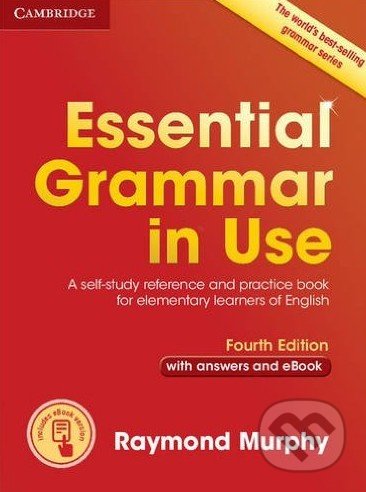

Children have struggled during the pandemic.Now that everyone has a booklet, we’ll get started.īut if you’re referring to a general group such as children, people, and the media, you’ll need have:.If you’re referring to a group of people with the pronoun everyone or everybody, you need to use has: Seems simple, right? However, this can get tricky when you’re talking about a group of people, a team, or a company. Has is always singular (he / she / it has).Have can be singular (I / you have) or plural (we / they have).In these examples, has shows that the subject (she, he, or it) have experienced something (been to school) or undergone a change (learned to crochet, fallen over). That means that if you’re referring to just one person or thing, and you’re not using "I" or "you" to refer to them, you need to use has.Īs before, in all of those examples has indicates ownership. We use has when talking about someone or something else in the third person singular. To recap: If you’re using I, we, you, or they, use have. In these examples, have is used to show that the subject of the sentence (I, you, they) has been through an experience (seeing the movie, going to a place, working on a project). In all three of the examples above, have is used to indicate ownership. We use have when talking about ourselves in the first person perspective (using I), when addressing someone else directly in the second person perspective (using you), or when referring to multiple people in the third person plural (using they).

If you’re not using he, she, or it, you can almost always use "have." Keep reading for the exceptions.įirst, let’s look at some examples of when to use has and have. Luckily, you only use has when talking in the third-person singular (that’s grammar jargon for using he, she, or it in a sentence). Whether you use have or has depends on the point of view you are using. It’s all to do with who we are talking about. So why are there two different versions of the word? When Should I Use Have or Has? "Has" and "have" both mean the same thing as "to have." It also means to experience or undergo something. To have means to possess or hold something. The words "has" and "have" both come from the verb "to have." What Is the Difference Between Have and Has? We’ll use the tips in this article to find out the answer and learn when to use has vs. If you’re not using a third person pronoun, like he, she, or it, or a name, you can almost always use "have." Keep reading for the exceptions. Is it, “Peter have a dog” or “Peter has a dog”? Take this pair of sentences: which one is correct? You probably use has and have often, but do you know the grammar rules behind how you use them?


 0 kommentar(er)
0 kommentar(er)
